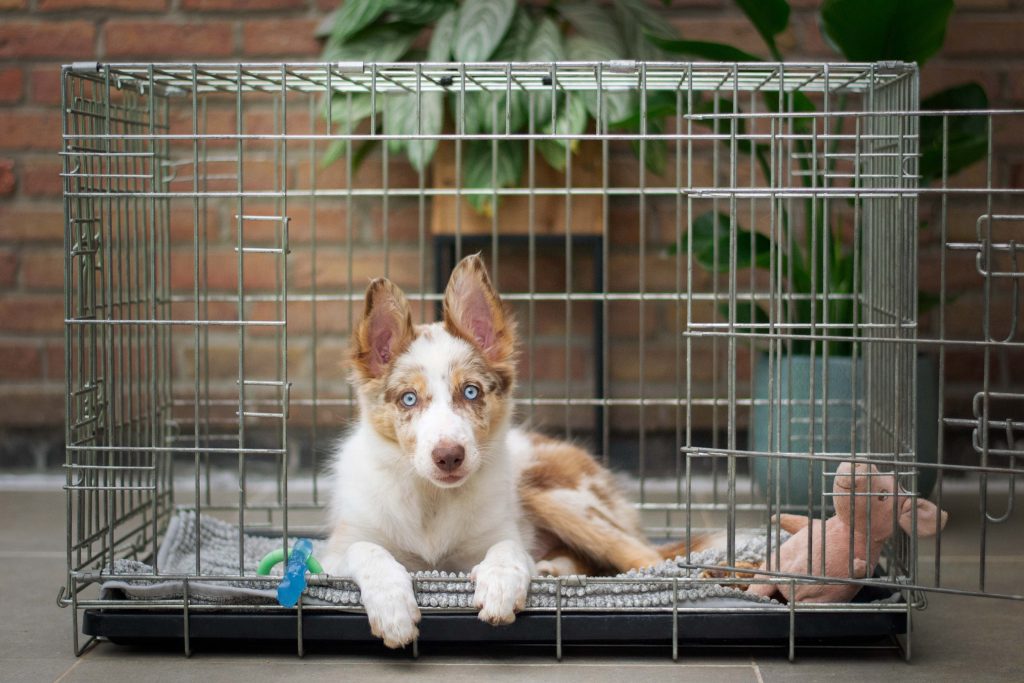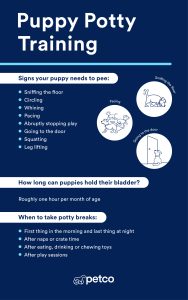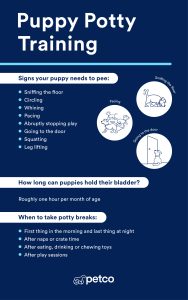If you’re thinking about crate training your dog, you probably have one big question: how long will it take? Knowing the right timeline can save you frustration and help your furry friend feel safe and happy faster.
Whether you have a playful puppy or an adult dog, understanding the steps and patience needed makes all the difference. Keep reading, and you’ll discover exactly what to expect, how to stay consistent, and how to make crate training a positive experience for both you and your dog.
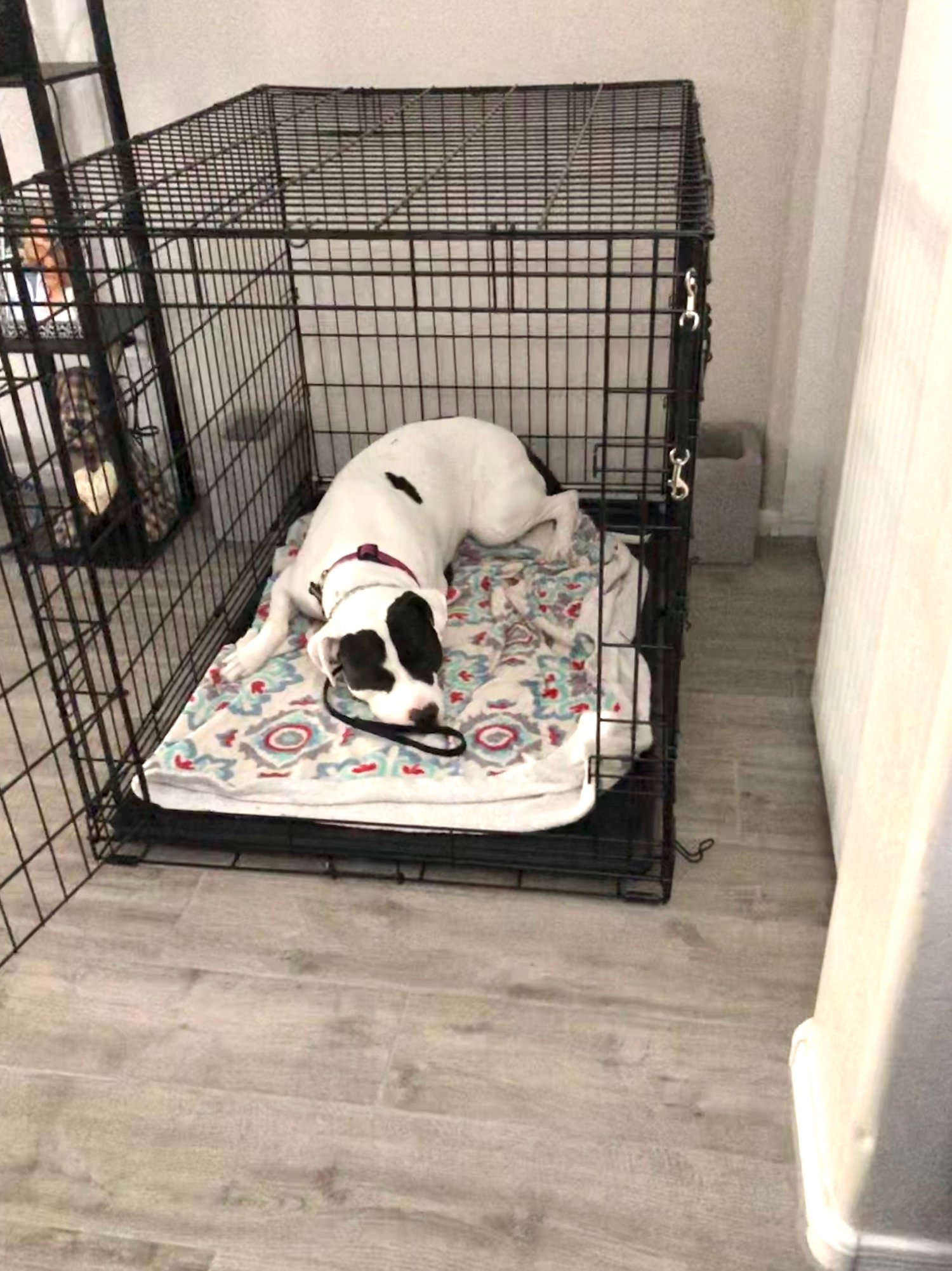
Credit: www.sadiesrulesk9training.com
Crate Training Basics
Crate training helps dogs learn good habits and feel safe. It gives them a personal space to relax. Understanding crate training basics makes the process smoother for both owner and pet.
Why Crate Train Your Dog
Crate training teaches dogs to hold their bladder. It prevents destructive behavior when unsupervised. Dogs feel secure in a crate, reducing anxiety. It also helps with travel and vet visits. A crate becomes a cozy den for your dog.
Choosing The Right Crate
Select a crate big enough for your dog to stand, turn, and lie down. Avoid crates that are too large; dogs may use one corner as a bathroom. Materials vary from plastic to metal wire. Choose one that suits your dog’s size and temperament.
Setting Up The Crate Space
Make the crate inviting with soft bedding. Place it in a quiet, comfortable area of your home. Add a few safe toys to keep your dog entertained. Avoid feeding your dog in the crate at first to prevent negative feelings.
Timing For Crate Training
Timing plays a crucial role in crate training your dog effectively. Getting it right can make the process smoother for both you and your furry friend. Understanding when and how long to crate train helps avoid stress and builds positive associations with the crate.
Age And Breed Considerations
Puppies under six months usually need shorter crate sessions because their bladders are small and their attention spans limited. Larger breeds might require more frequent breaks since they tend to grow faster but can be less patient in a confined space.
Smaller breeds often adjust quickly but may also become anxious if crated too long. Tailoring crate time to your dog’s age and breed helps maintain comfort and encourages good behavior.
Daily Crate Time Limits
Crating your dog for too long can cause discomfort and anxiety. A good rule of thumb is no more than 3-4 hours for puppies and up to 6-8 hours for adult dogs during the day.
Break up crate time with walks, play, and training to keep your dog mentally and physically healthy. Avoid leaving your dog crated overnight for more than 8-10 hours, as they need bathroom breaks and social interaction.
Signs Your Dog Is Ready To Exit
Watch for signs like calm behavior when you open the crate door and no hesitation stepping out. If your dog doesn’t rush out or whine, it shows they feel safe and comfortable inside.
Also, if your dog starts ignoring the crate or resists going in, it might be time to reduce crate time. Are you noticing your dog’s mood and body language changing during crate sessions? These clues help you decide when to ease off.
Step-by-step Training Plan
Creating a clear plan helps you and your dog navigate crate training without frustration. Breaking down the process into manageable parts makes the experience positive and effective. Here’s a detailed approach to guide you through each stage.
Introducing The Crate Positively
Start by placing the crate in a common area where your dog likes to hang out. Keep the door open and add soft bedding to make it inviting. Toss in some treats and toys so your dog associates the crate with good things.
Don’t force your dog inside. Instead, let curiosity lead the way. You might say, “Look what I have!” and encourage your dog to explore the crate on their own.
Gradual Increase In Crate Duration
Begin with short periods—just a few minutes at first—while you stay nearby. Gradually extend the time your dog spends inside, slowly stepping away to build trust.
Keep an eye on your dog’s comfort level. If they start whining or scratching, it may be time to shorten sessions. Patience here pays off more than rushing the process.
Using Commands And Rewards
Choose a simple command like “crate” or “bed” to signal when it’s time to enter. Say the command calmly and open the crate door, then reward your dog immediately upon entering.
- Use treats, praise, or a favorite toy as a reward.
- Consistency is key—use the same command every time.
- Reward calm behavior inside the crate to reinforce positive associations.
How do you think your dog best responds to rewards—treats, praise, or play? Tailoring your approach to your dog’s preferences speeds up learning and builds a stronger bond.
Common Challenges
Crate training your dog can be rewarding, but it often comes with a set of challenges that test your patience and consistency. Understanding these common hurdles helps you stay calm and adjust your approach effectively. Let’s look at some issues you might face and how to handle them.
Dealing With Separation Anxiety
Separation anxiety is one of the toughest challenges when crate training. Your dog might whine, bark, or scratch at the crate because they feel lonely or scared. You can help by gradually increasing crate time and pairing it with positive experiences, like treats or favorite toys.
Try leaving the room for just a few seconds at first, then slowly extend that time. This teaches your dog that being alone isn’t dangerous. Have you noticed your dog calm down when you return? That’s a good sign progress is happening.
Handling Crate Refusal
Some dogs outright refuse to enter the crate, making training frustrating. Instead of forcing them, make the crate inviting: place soft bedding inside, and leave the door open during the day so they explore it on their own. Tossing in treats or feeding meals inside the crate encourages positive associations.
If your dog still resists, try sitting near the crate and speaking softly to reduce fear. Patience here is key; pushing too hard can backfire. Can you spot small signs of curiosity or calmness near the crate? Those moments are your training windows.
Avoiding Overuse Of The Crate
It’s tempting to rely heavily on the crate for convenience, but overusing it can harm your dog’s well-being. Dogs need time outside the crate for exercise, social interaction, and mental stimulation. Balance is essential to prevent restlessness and behavioral problems.
Set clear limits on crate time based on your dog’s age and energy level. Puppies, for example, shouldn’t spend more than an hour or two at a stretch. Ask yourself: Is the crate a safe space or just a confinement zone for your dog? Keep it the former to make training successful.
Speeding Up The Process
Crate training your dog can sometimes feel like a slow process, but there are smart ways to speed things up. The key lies in creating a positive experience for your dog and sticking to a plan that fits their personality and energy levels. Let’s look at some practical steps that can help you get faster results without causing stress for your furry friend.
Consistent Routine And Patience
Dogs thrive on routine. You should aim to take your dog to the crate at the same times every day—after meals, playtime, or before bedtime. This builds a predictable schedule, making the crate feel like a safe, normal part of their day.
Patience is just as important. Rushing your dog into long crate sessions can create anxiety. Instead, start with short periods and gradually increase the time. Have you noticed how your dog reacts when you suddenly change their routine? That’s a clear sign to slow down and be patient.
Incorporating Play And Exercise
Before crate time, make sure your dog gets enough exercise. A tired dog is more likely to settle calmly in the crate. This could be a brisk walk, a game of fetch, or even some training drills that engage their mind.
Adding play inside or near the crate can also help. Try tossing a favorite toy or treat into the crate to make it inviting. You can even feed meals inside the crate to create a positive association. Would your dog be more willing to enter the crate if it meant getting a tasty reward or a favorite toy?
When To Seek Professional Help
If your dog shows signs of extreme distress—like nonstop barking, destructive behavior, or refusal to enter the crate—it might be time to get expert advice. A professional trainer or behaviorist can offer tailored strategies based on your dog’s unique needs.
Sometimes, underlying issues like separation anxiety or past trauma can make crate training more challenging. Don’t hesitate to reach out if you feel stuck. Could a fresh perspective from a trainer be the missing link in your crate training journey?
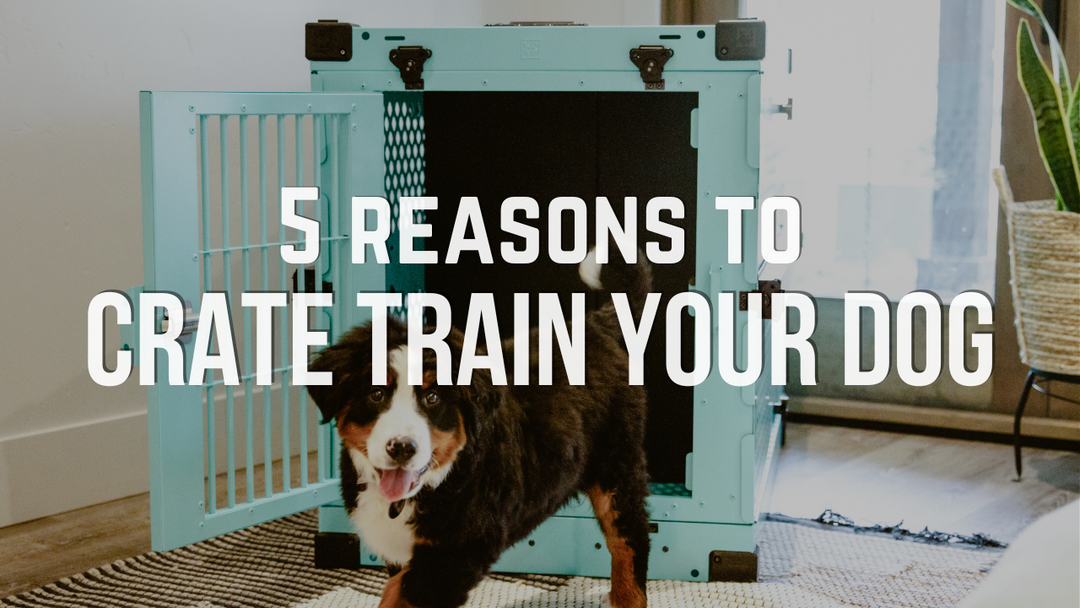
Credit: www.impactdogcrates.com
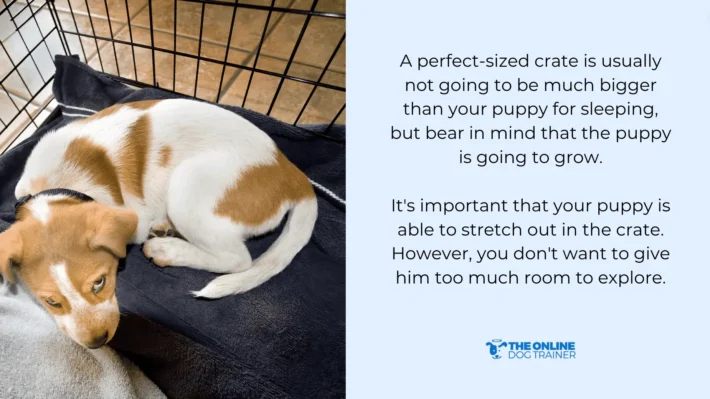
Credit: theonlinedogtrainer.com
Frequently Asked Questions
How Long Does Crate Training Take?
Crate training typically takes several weeks to a few months. The duration depends on your dog’s age, temperament, and past experiences. Consistency and patience are key for successful training. Start with short sessions and gradually increase the time. Always ensure the crate is a positive space for your dog.
Can I Crate Train An Older Dog?
Yes, you can crate train an older dog. It may take longer than with puppies. Older dogs might need more patience and gradual introduction to the crate. Use positive reinforcement to encourage them. Ensure the crate is comfortable and inviting, making it a safe space for your dog.
What Are The Benefits Of Crate Training?
Crate training offers several benefits for dogs and owners. It provides a safe and secure space for your dog. It aids in house training and prevents destructive behavior. Crates also make traveling safer and less stressful for dogs. They offer a retreat for rest and relaxation.
How Do I Make The Crate Inviting?
To make the crate inviting, add comfortable bedding and favorite toys. Use treats to encourage your dog to enter. Ensure the crate is in a quiet, comfortable spot in your home. Avoid using the crate as punishment. Positive associations will make your dog feel safe and happy.
Conclusion
Crate training takes time and patience. Every dog learns at its own pace. Consistency helps your dog feel safe and secure. Keep sessions short and positive for better results. Celebrate small wins to encourage good behavior. Remember, the goal is comfort, not speed.
With steady effort, your dog will adjust well. Enjoy the process and build trust together. Crate training can improve your dog’s habits and your bond. Stay calm, be patient, and keep trying each day.

Emily Barker is the founder of ChillDogLife.com, a space dedicated to helping pup parents discover the best dog products, lifestyle tips, and cozy ideas for happier homes.
A lifelong dog lover, Emily combines her passion for pets with a knack for research to share trusted recommendations on everything from toys and furniture to health and everyday care.
Her goal is simple: to make life easier, stylish, and more joyful for dogs and the people who love them.
